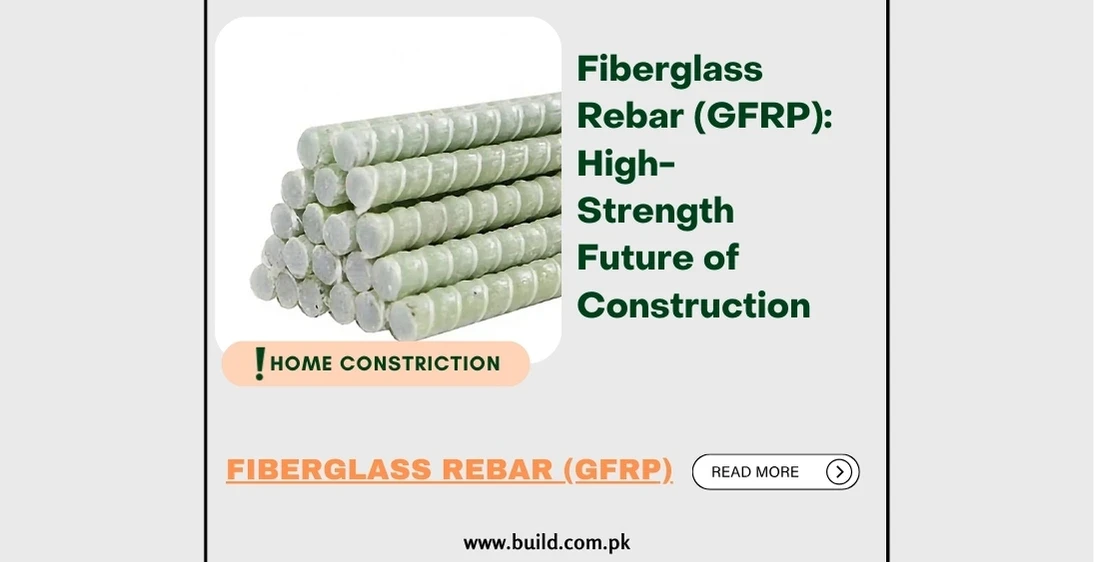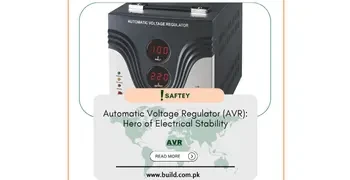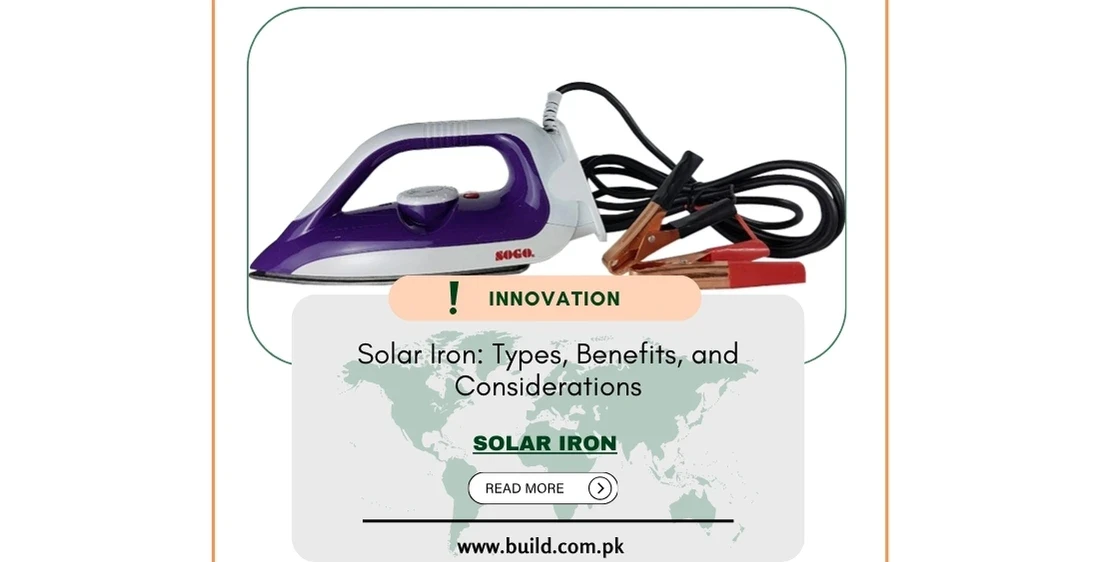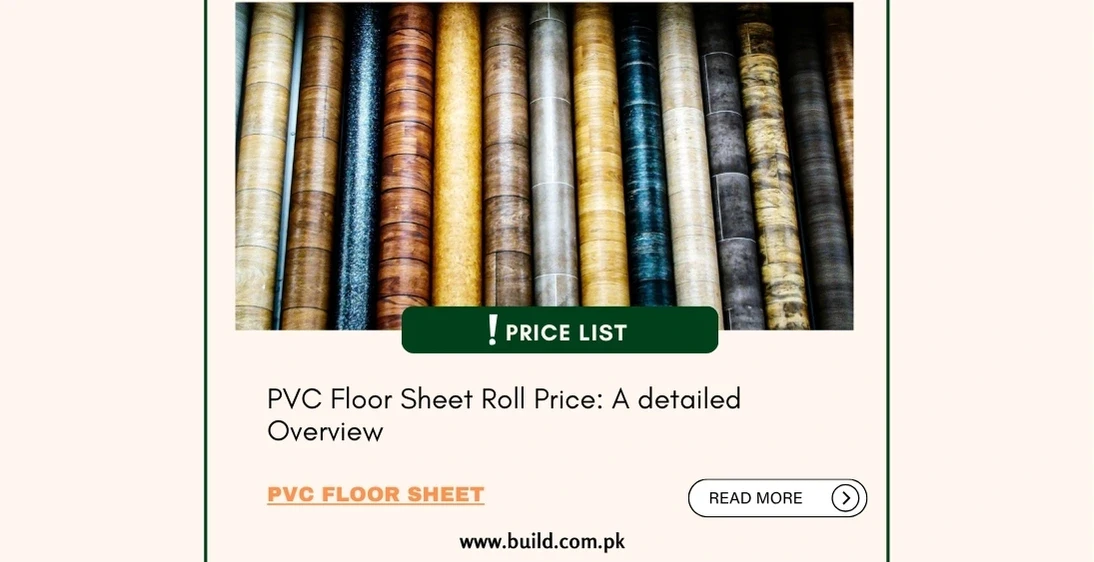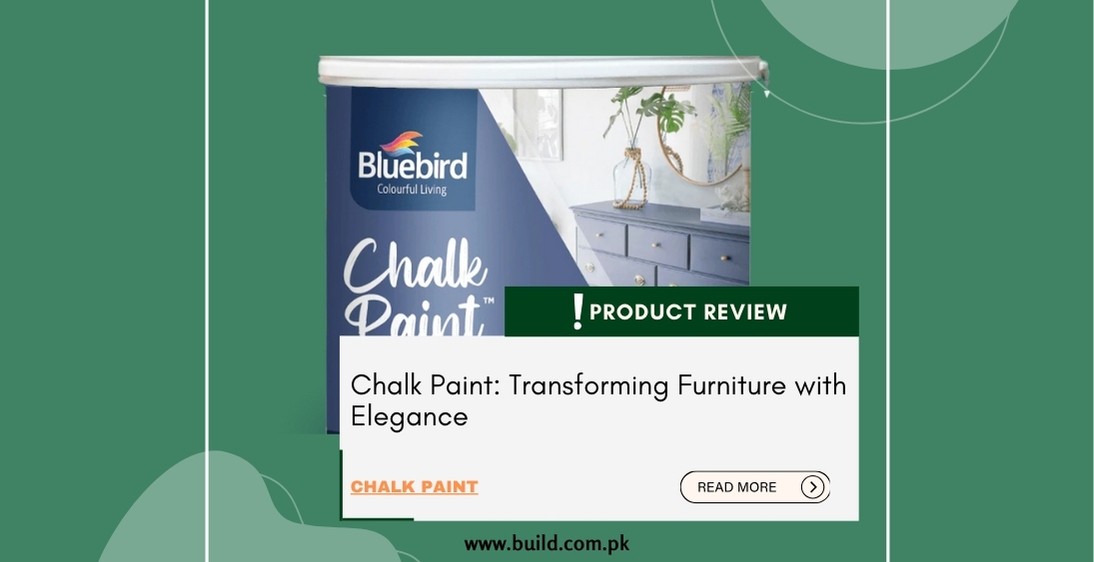Cookware and Bakeware: Mastering the Kitchen
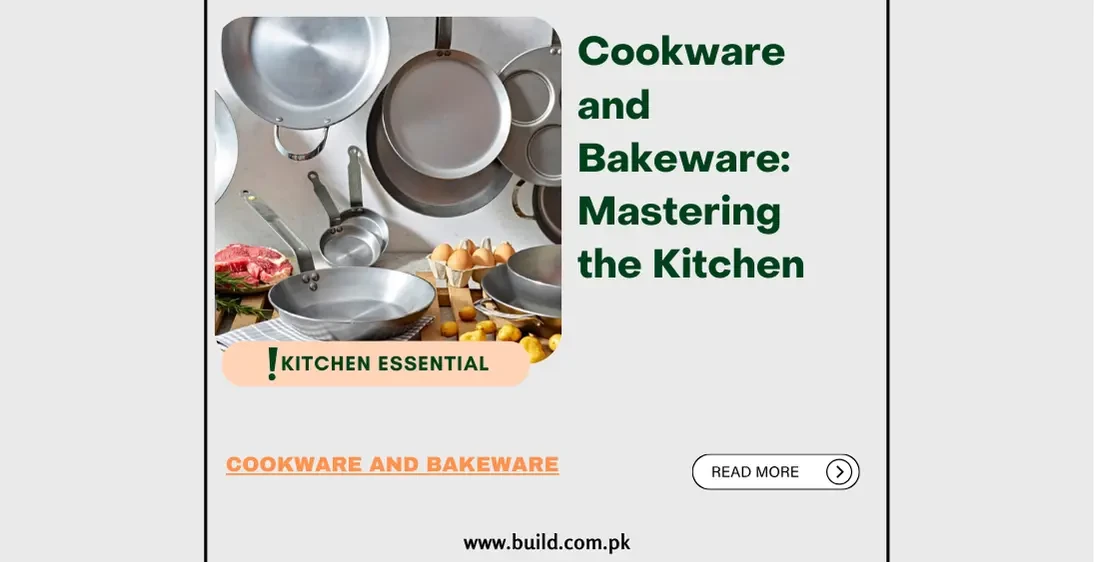
Introduction:
A
well-equipped kitchen is the cornerstone of any home, whether you're a
professional chef or a home cook. The right cookware and bakeware can make a
significant difference in your cooking experience and the quality of your
meals. From pots and pans to baking sheets and muffin tins, each piece of
equipment plays a crucial role in preparing delicious dishes. This
comprehensive guide explores the various types of cookware and bakeware, their
materials, uses, and tips for choosing the best pieces for your kitchen.
Types of Cookware
Pots and Pans:
Pots
and pans are the workhorses of the kitchen, used for a variety of cooking
methods such as boiling, frying, sautéing, and simmering.
Saucepans:
Versatile and essential, saucepans come in various sizes and are used for
cooking sauces, boiling water, and making soups. They typically have a long
handle and a lid.
Frying
Pans/Skillets: With a flat bottom and flared sides, frying pans are ideal for
sautéing, searing, and frying. They come in different sizes and materials,
including non-stick, stainless steel, and cast iron.
Sauté
Pans: Similar to frying pans but with straight, higher sides, sauté pans are
perfect for cooking foods that require a bit more space and for making sauces
directly in the pan.
Stockpots:
Large and deep, stockpots are used for making large quantities of soups, stews,
and stocks. They are also great for boiling pasta.
Dutch
Ovens: Heavy, thick-walled pots, often made of cast iron, Dutch ovens are
perfect for slow-cooking, braising, and baking bread. They can be used on the
stovetop or in the oven.
Grill
Pans: Featuring ridges that mimic a grill, these pans are perfect for grilling
meats and vegetables indoors, providing those desirable grill marks and
allowing fat to drain away.
Woks:
With a round bottom and high, sloping sides, woks are ideal for stir-frying,
deep-frying, and steaming. They are a staple in Asian cooking.
Specialty Cookware:
Specialty
cookware pieces cater to specific cooking needs and techniques.
Pressure
Cookers: These pots cook food quickly under high pressure, preserving nutrients
and flavors. They are great for cooking beans, stews, and tough cuts of meat.
Steamers:
Steamer baskets or dedicated steamers are used to cook vegetables, fish, and
other foods with steam, retaining nutrients and moisture.
Slow
Cookers: Also known as crockpots, slow cookers allow for long, slow cooking,
making them perfect for stews, soups, and casseroles.
Rice
Cookers: These electric appliances cook rice to perfection and can also be used
to steam vegetables and fish.
Paella
Pans: Wide, shallow pans with sloped sides, paella pans are designed
specifically for making the Spanish rice dish paella.
Tagines:
These North African pots feature a conical lid that allows steam to circulate,
making them ideal for slow-cooked stews and braises.
Types of Bakeware
Baking Sheets and Trays:
Baking
sheets and trays are essential for baking cookies, roasting vegetables, and
more.
Sheet
Pans: Also known as baking sheets, these flat, rectangular pans come in full,
half, and quarter sizes. They are versatile and used for baking cookies,
roasting vegetables, and toasting nuts.
Jelly
Roll Pans: Similar to sheet pans but with slightly higher sides, jelly roll
pans are used for baking sponge cakes and other items that need to contain a
bit of liquid.
Cookie
Sheets: These sheets are flat with one or two raised edges, designed
specifically for baking cookies, allowing for even heat distribution and easy
removal.
Cake Pans:
Cake
pans come in various shapes and sizes, each suited for different types of cakes
and baked goods.
Round
Cake Pans: Available in various diameters, these pans are used for baking layer
cakes. They typically come in sets of two or three for making tiered cakes.
Square
and Rectangular Cake Pans: Used for cakes, brownies, and bar cookies, these
pans come in different sizes and are versatile for various baking needs.
Springform
Pans: With removable sides, these pans are perfect for delicate cakes like
cheesecakes and tortes, allowing for easy removal without damaging the cake.
Bundt
Pans: Featuring a distinctive ring shape with fluted sides, Bundt pans are used
for Bundt cakes and other ring-shaped desserts.
Muffin and Cupcake Pans:
These
pans are essential for making muffins, cupcakes, and other small baked goods.
Standard
Muffin Pans: Typically with 12 cups, these pans are used for baking
standard-sized muffins and cupcakes.
Mini
Muffin Pans: Featuring smaller cups, these pans are used for mini muffins and
cupcakes, perfect for bite-sized treats.
Jumbo
Muffin Pans: With larger cups, these pans are used for oversized muffins and
cupcakes.
Bread and Loaf Pans:
Bread
and loaf pans are used for baking bread, meatloaf, and other loaf-shaped
dishes.
Standard
Loaf Pans: Rectangular pans used for baking traditional bread loaves, pound
cakes, and meatloaf.
Pullman
Loaf Pans: These pans have a lid that creates a square-shaped loaf, perfect for
sandwich bread.
Pie and Tart Pans:
Pie
and tart pans come in various shapes and sizes, designed for specific types of
pastries.
Pie
Pans: Round pans with sloped sides, used for baking pies. They come in various
materials, including glass, metal, and ceramic.
Tart
Pans: These pans have straight sides and a removable bottom, making it easy to
remove delicate tarts without damaging them.
Quiche
Pans: Similar to tart pans but often deeper, used for baking quiches and savory
tarts.
Choosing the Right Cookware and Bakeware
Consider Your Cooking Style:
Your
cooking habits and preferences play a significant role in selecting the right
cookware and bakeware.
Frequency
of Use: Invest in high-quality pieces for items you use frequently, like frying
pans and saucepans.
Types
of Dishes: Consider the types of dishes you prepare most often. If you love
baking, prioritize bakeware like cake pans and baking sheets.
Cooking
Techniques: Different materials and designs cater to specific cooking
techniques. For example, cast iron is excellent for slow-cooking and frying,
while stainless steel is versatile for various methods.
Assess Your Kitchen Space:
Evaluate your kitchen space and storage options when choosing cookware and bakeware.
Storage
Space: Ensure you have adequate storage for your cookware and bakeware. Stackable
pieces and those with multiple uses can save space.
Cooktop
Compatibility: Consider your cooktop type (gas,electric, induction) when
choosing cookware. For example, induction cooktops require magnetic materials
like stainless steel or cast iron.
Oven
Size: Ensure bakeware fits comfortably in your oven. Measure the interior
dimensions of your oven before purchasing larger items like roasting pans or
baking sheets.
Maintain and Care:
Proper
maintenance and care extend the life of your cookware and bakeware, ensuring
they remain in good condition.
Cleaning:
Follow the manufacturer's cleaning instructions. Some materials, like cast
iron, require special care to maintain seasoning, while non-stick surfaces need
gentle handling to avoid scratches.
Storage:
Store items properly to avoid damage. For example, use pan protectors or cloth
between non-stick pans to prevent scratches.
Seasoning:
Regularly season cast iron and some carbon steel cookware to maintain their
non-stick properties and prevent rust.
Conclusion:
Equipping your kitchen with the right cookware and bakeware is essential for a smooth and enjoyable cooking experience. By understanding the different types, materials, and uses, you can make informed decisions that cater to your cooking style and needs. Prioritize quality, consider your kitchen space, and budget wisely to build a collection that will serve you well for years to come. Whether you're simmering a hearty stew, baking a delicate cake, or grilling vegetables, the right tools will help you create delicious and satisfying meals with ease.
